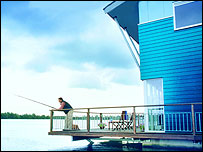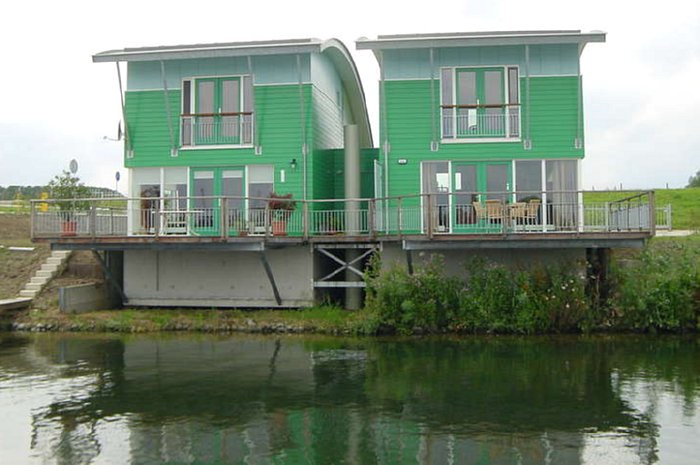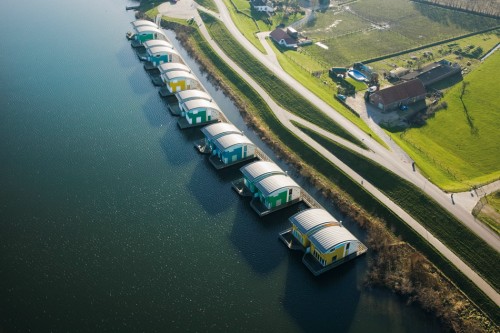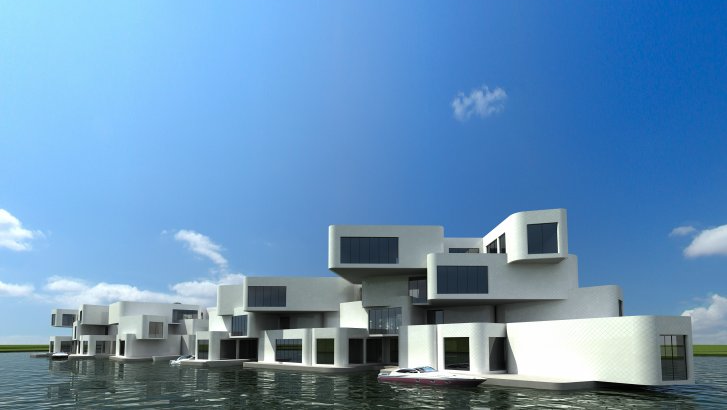
- •Unit 10 Historical Monuments Restoration
- •The Tower of Pisa
- •The Statue of Liberty
- •Unit 11 Amphibious Houses
- •1.1 Read the text title and hypothesize what the text is about. Write down your hypothesis.
- •What do you know concerning this issue? List your ideas in the table left column “I know”.
- •If you know answers to these questions write them down in the space given after each question.
- •Circle in the list the words and expressions you know. Write down their translation in the table and calculate the percentage of your lexical competence.
- •Unit 10 Amphibious Houses
- •Amphibious Architecture
- •Maritime architecture
- •Unit 16 Lattice Shells
- •1.1 Read the text title and hypothesize what the text is about. Write down your hypothesis.
- •What do you know concerning this issue? List your ideas in the table left column “I know”.
- •If you know answers to these questions write them down in the space given after each question.
- •Circle in the list the words and expressions you know. Write down their translation in the table and calculate the percentage of your lexical competence.
Amphibious Architecture
T he
Dutch have fought their marshy surroundings with clever engineering
since the country’s inception. But instead of continuing their
high-cost war against the sea, some Dutch architects are designing
ways to live on, instead of fighting against, the rising tide. Now
that global warming is fanning the flame: melting ice-caps and
raising sea levels, more and more Dutch designers are getting into
amphibious architecture. Builder Hans van de Beek’s amphibious
houses are an obvious yet genius solution to rising water levels. The
amphibious house, like its animal counterpart can exist on dry land
and in water.
he
Dutch have fought their marshy surroundings with clever engineering
since the country’s inception. But instead of continuing their
high-cost war against the sea, some Dutch architects are designing
ways to live on, instead of fighting against, the rising tide. Now
that global warming is fanning the flame: melting ice-caps and
raising sea levels, more and more Dutch designers are getting into
amphibious architecture. Builder Hans van de Beek’s amphibious
houses are an obvious yet genius solution to rising water levels. The
amphibious house, like its animal counterpart can exist on dry land
and in water.
There are 37 houses strung along this branch of the Maas like a row of beads. At first glance, they seem quite unremarkable. Two storey high, semicircular metal roofs and yellow, green or blue facades - hardly any clues let on that these are The Netherlands' first amphibious houses.
E
 ach
house is made of lightweight wood, and the concrete base is hollow.
With no foundations anchored in the earth, the structure rests on the
ground. This hollow foundation of each house works in the same way as
the hull of a ship, buoying the structure up above water. To prevent
the swimming houses from floating away, they slide up two broad steel
15-foot-long mooring posts with sliding rings - and as the water
level sinks, so they sink back down again. All the electrical cables,
water and sewage flow through flexible pipes inside the mooring
piles.
ach
house is made of lightweight wood, and the concrete base is hollow.
With no foundations anchored in the earth, the structure rests on the
ground. This hollow foundation of each house works in the same way as
the hull of a ship, buoying the structure up above water. To prevent
the swimming houses from floating away, they slide up two broad steel
15-foot-long mooring posts with sliding rings - and as the water
level sinks, so they sink back down again. All the electrical cables,
water and sewage flow through flexible pipes inside the mooring
piles.
"The columns have been driven deep into solid ground," explains Dick van Gooswilligen from the Dura Vermeer construction company. "They are even strong enough to withstand currents you would find on the open seas. As global warming causes the sea level to rise, this is the solution. Housing of this type is the future for the delta regions of the world, the ones which face the greatest danger."
W hile
the houses are not exactly cheap, starting at $310,000, DuraVermeer
says the demand is still high and gaining international interest.
After hurricane Katrina flooded the Gulf Coast, many US hydrologists,
architects, and city planners looked to "the low countries"
for water-wise guidance. Officials from New Orleans have visited
Maasbommel to take a closer look at the floating houses and see how
they might take the concept back home to address the similar climatic
issues on the gulf coast.
hile
the houses are not exactly cheap, starting at $310,000, DuraVermeer
says the demand is still high and gaining international interest.
After hurricane Katrina flooded the Gulf Coast, many US hydrologists,
architects, and city planners looked to "the low countries"
for water-wise guidance. Officials from New Orleans have visited
Maasbommel to take a closer look at the floating houses and see how
they might take the concept back home to address the similar climatic
issues on the gulf coast.
Maritime architecture
A new development called ‘New Water‘, will feature the world’s
first floating apartment complex, The Citadel. This new project was
designed by Koen Olthuis, one of the leading architects in this
relatively new discipline of maritime architecture. The project will
be built on a polder, a recessed area below sea level where flood
waters settle from heavy rains. There are almost 3500 polders in the
Netherlands, and almost all of them are continually pumped dry to
keep flood waters from destroying nearby homes and buildings. The
New Water Project will purposely allow the polder to flood with water
and all the buildings will be perfectly suited to float on top of the
rising and falling water.
new development called ‘New Water‘, will feature the world’s
first floating apartment complex, The Citadel. This new project was
designed by Koen Olthuis, one of the leading architects in this
relatively new discipline of maritime architecture. The project will
be built on a polder, a recessed area below sea level where flood
waters settle from heavy rains. There are almost 3500 polders in the
Netherlands, and almost all of them are continually pumped dry to
keep flood waters from destroying nearby homes and buildings. The
New Water Project will purposely allow the polder to flood with water
and all the buildings will be perfectly suited to float on top of the
rising and falling water.
Built on top of a floating foundation of heavy concrete caisson, the Citadel will house 60 luxury apartments, a car park, a floating road to access the complex as well as boat docks. With so many units built into such a small area, the housing complex will achieve a density of 30 units per acre of water, leaving more open water surrounding the structure. Each unit will have its own garden terrace as well as a view of the lake.
A high focus will be placed on energy efficiency inside the Citadel.
Greenhouses are placed around the complex, and the water will act as
a cooling source as it is pumped through submerged pipes. As the unit
is surrounded by water, corrosion and maintenance are important
issues to consider. As a result, aluminum will be used for the
building facade, due to its long lifespan and ease of maintenance.
The individual apartments are built from prefabricated modules. The
Citadel will be situated on a shallow body of water, and in the
future numerous buildings, complexes and residences will float on the
water alongside it.
high focus will be placed on energy efficiency inside the Citadel.
Greenhouses are placed around the complex, and the water will act as
a cooling source as it is pumped through submerged pipes. As the unit
is surrounded by water, corrosion and maintenance are important
issues to consider. As a result, aluminum will be used for the
building facade, due to its long lifespan and ease of maintenance.
The individual apartments are built from prefabricated modules. The
Citadel will be situated on a shallow body of water, and in the
future numerous buildings, complexes and residences will float on the
water alongside it.
